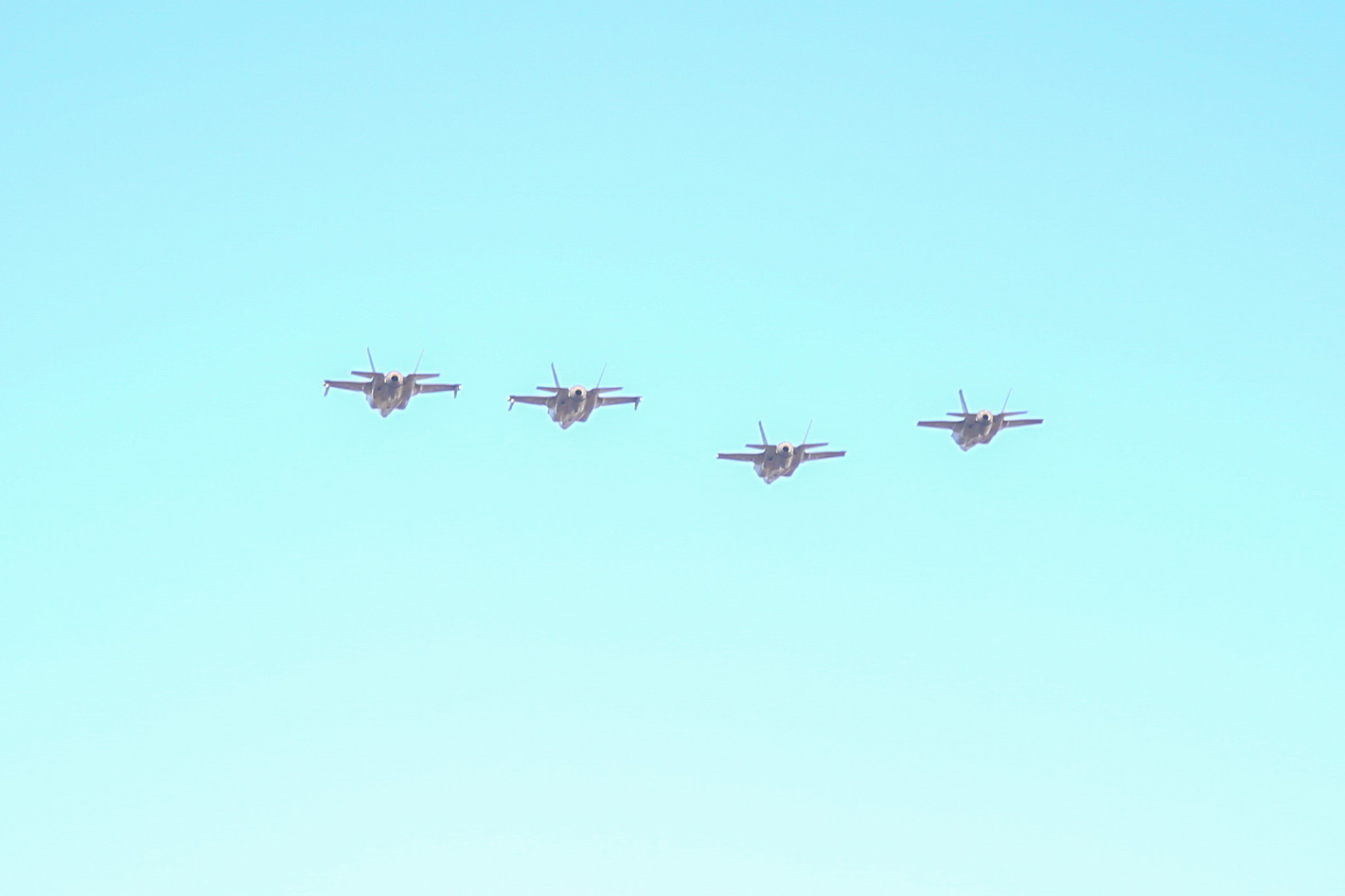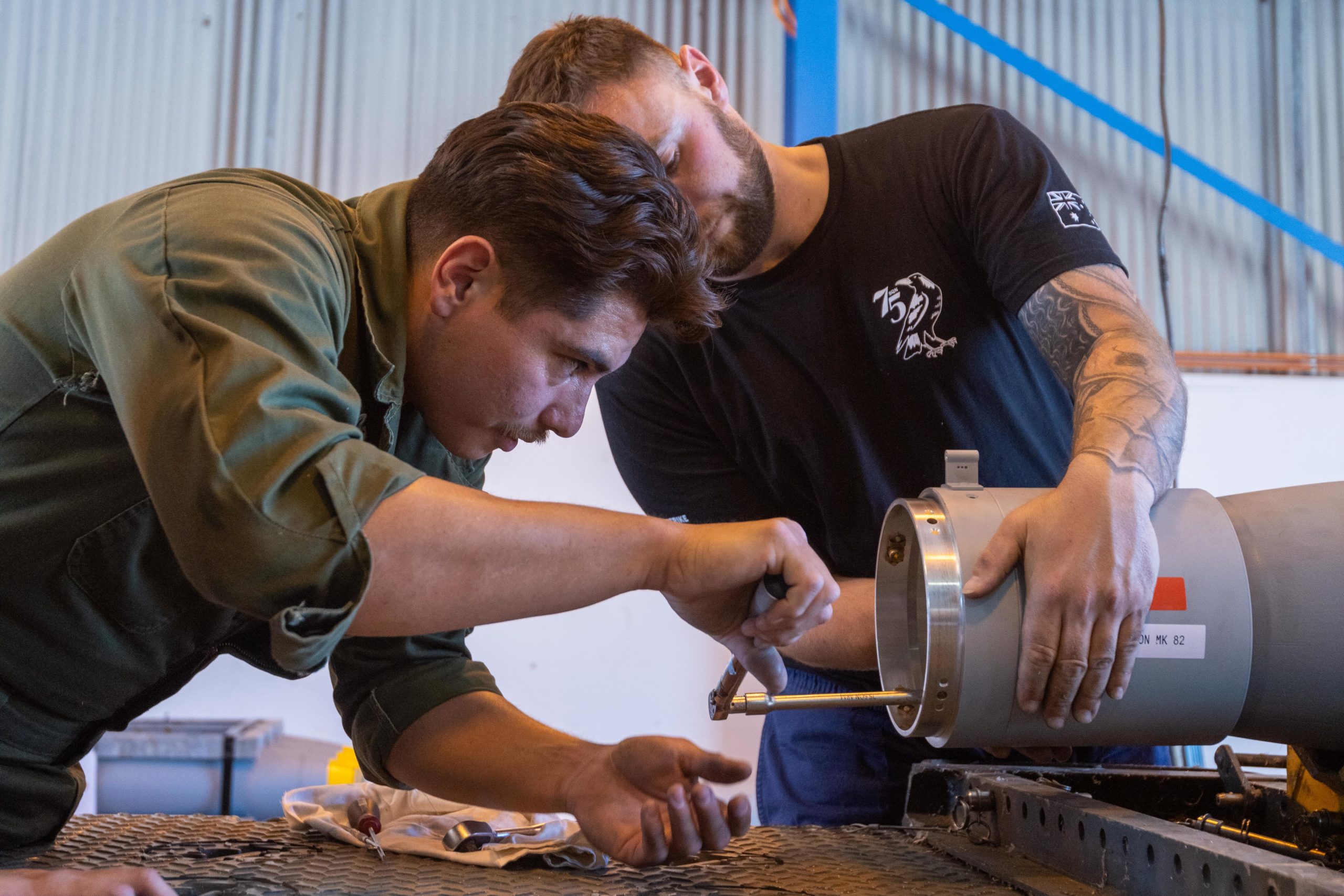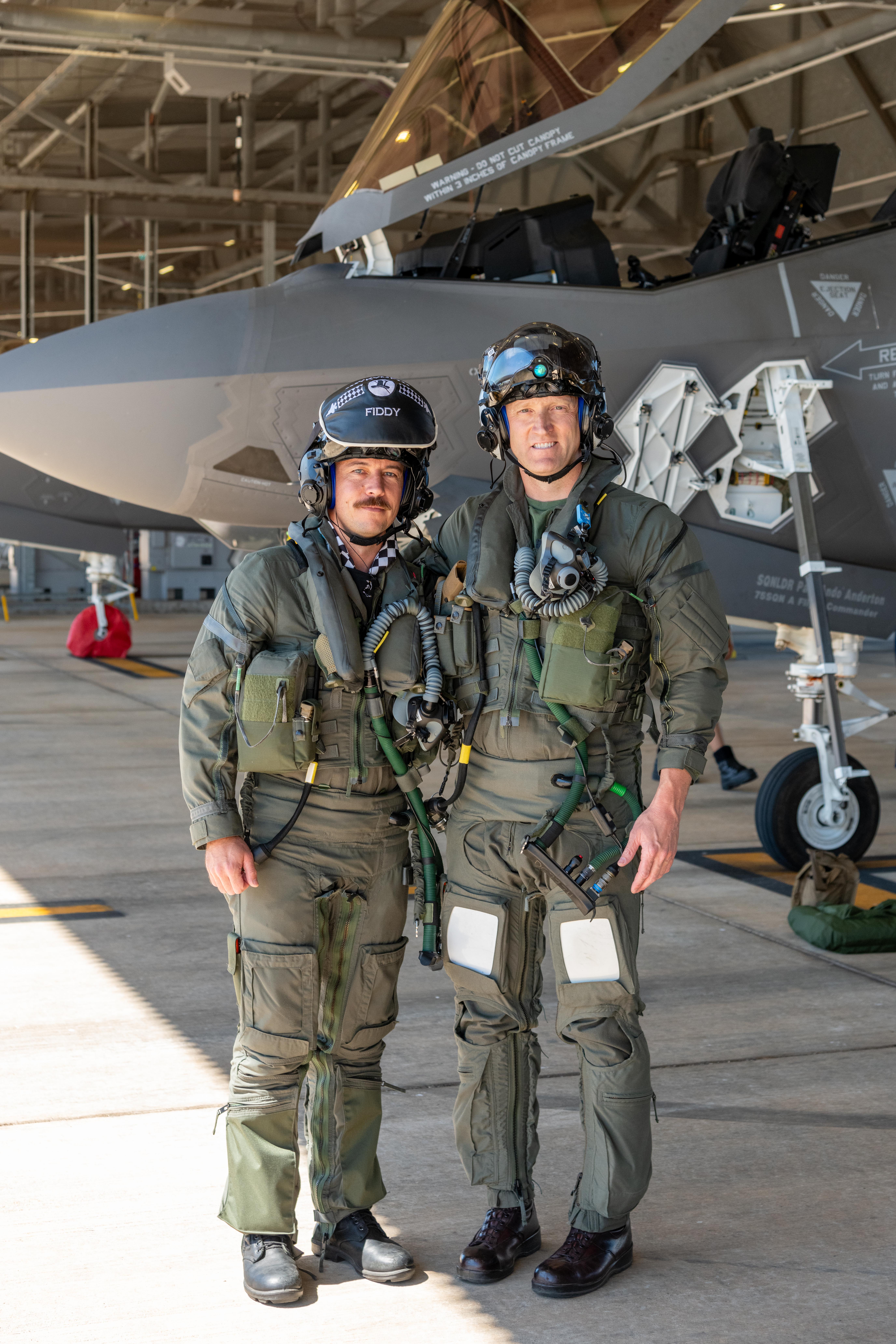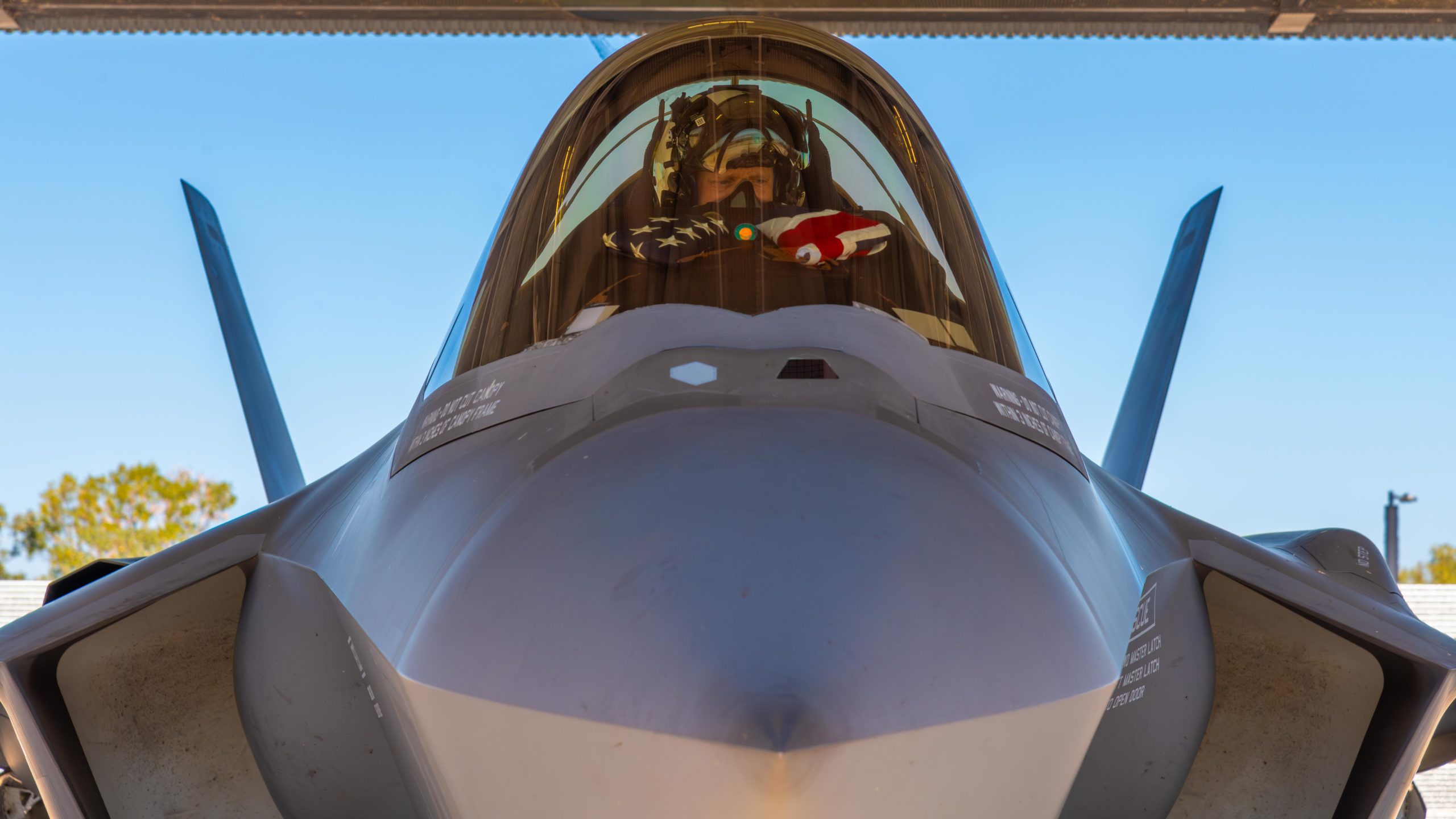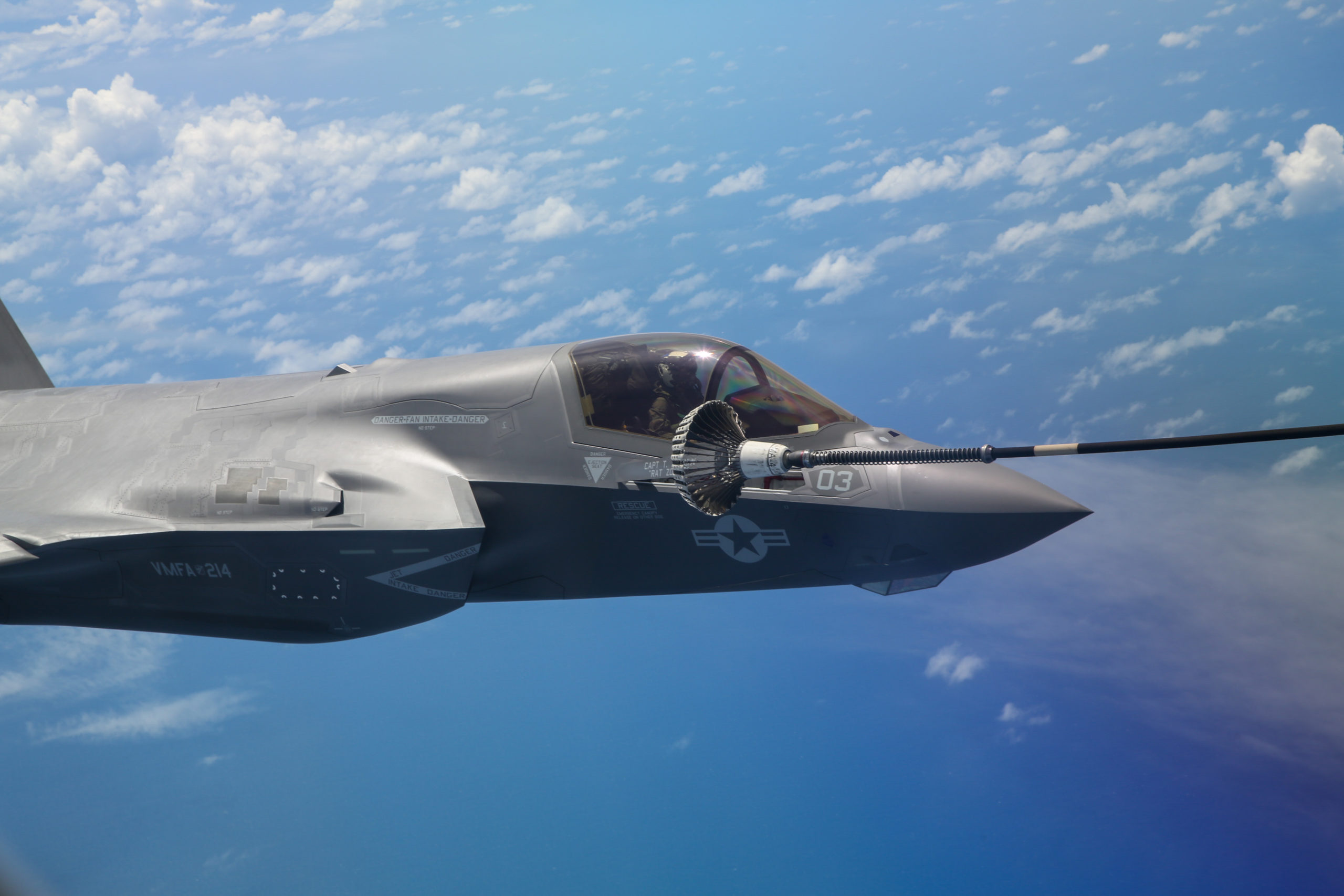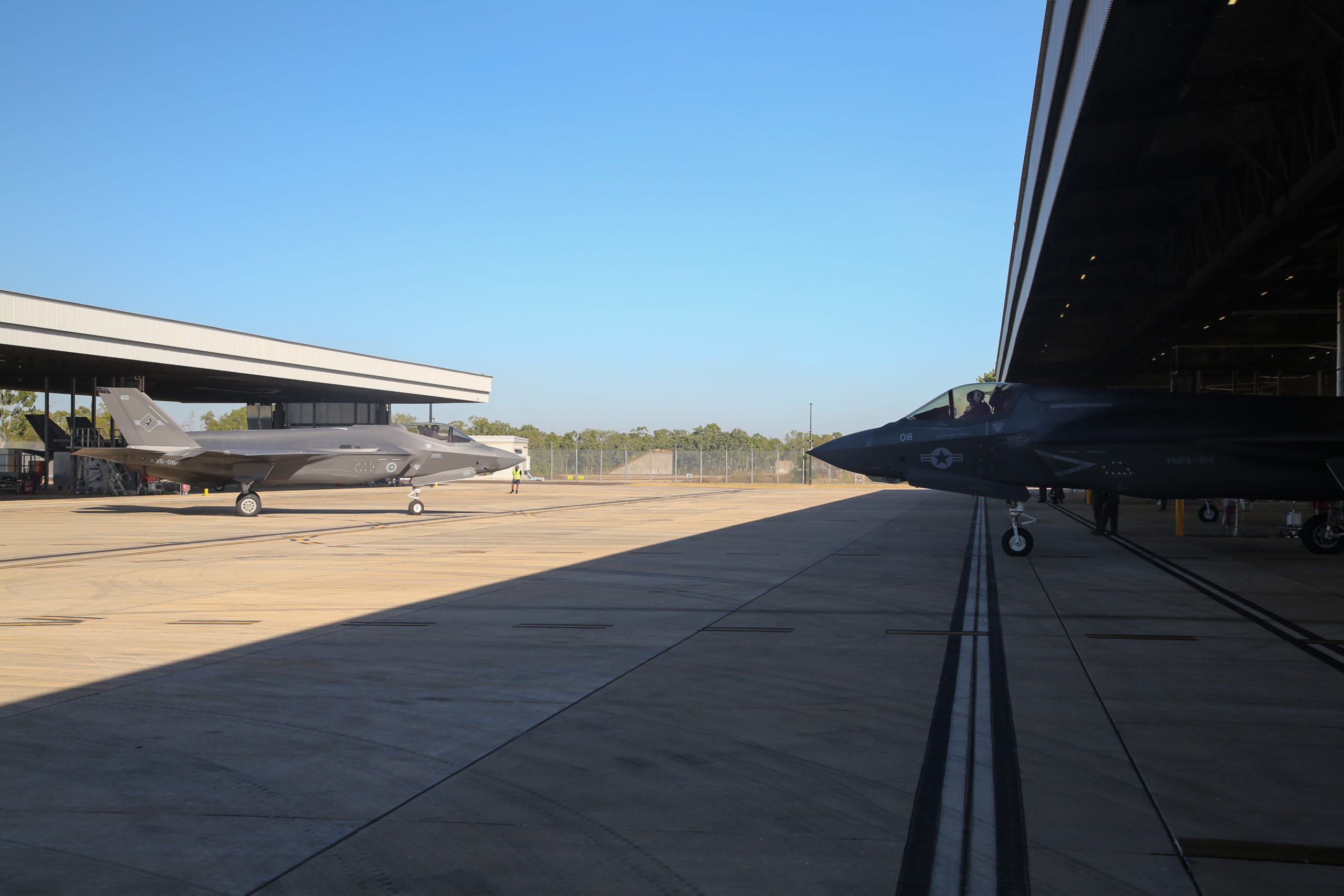By Kenneth Maxwell
They were the much better team. Nico Williams scored the first goal soon into the second half. England’s Cole Palmer scored England’s goal in the 73 minute. Then Mikel Oyarzabel secured the win for Spain in the 86 minute. King Filipe of Spain was in attendance. So too was William, the Prince of Wales and his son.
But July 14 was Spain’s day. At the All-England Tennis Club on center court that afternoon the young and ruthless Spanish tennis prodigy, Carlos Alcaraz, decisively defended his title by defeating the seven time Wimbledon champion Novak Djokovic: The score was 6-2, 6-2, 7-6 (4).
The story from Berlin was sadder for the England fans who had followed their team across Germany over the past month ever hopeful. And there had been inspiring moments. Ollie Watkins, the English football striker, was born in Devon, grew up in Newton Abbot, where he played in the Buckland Athletic FC and attended the South Dartmoor Community College. He entered the Exeter City football club’s youth training academy at 9 years of age. A football forward for Exeter City, he has since 2020 played for the English premier league club of Aston Villa where he signed on for a club record of £28m.
The 28-year-old was brought onto the field on Wednesday, July 10, in the game between England and the Netherlands, as a late substitute for Harry Kane, the captain of the English squad. In the 60th second of the 90th minute of normal time he scored the spectacular goal that bought England to a 2-1 victory, guaranteeing that England would play in the EURO 2024 final against Spain in Berlin on Sunday July 14.
Ollie Watkins was born in Torquay, Devon, to a Jamaican father, Les Watkins, who played for Torquay United in the English football league. His English mother, Delsi-May, is a single mother after her divorce, who brought him and his three brothers up juggling her professional singing career – Ruby Washingtonian is her stage name and “The Superstitions” the name of her band – to give her sons the best opportunities. Ollie Watkins is now a genuine football hero and a local Devon boy no less. The Exeter City football club, where he began his football career, however, has a long and unusual international history.
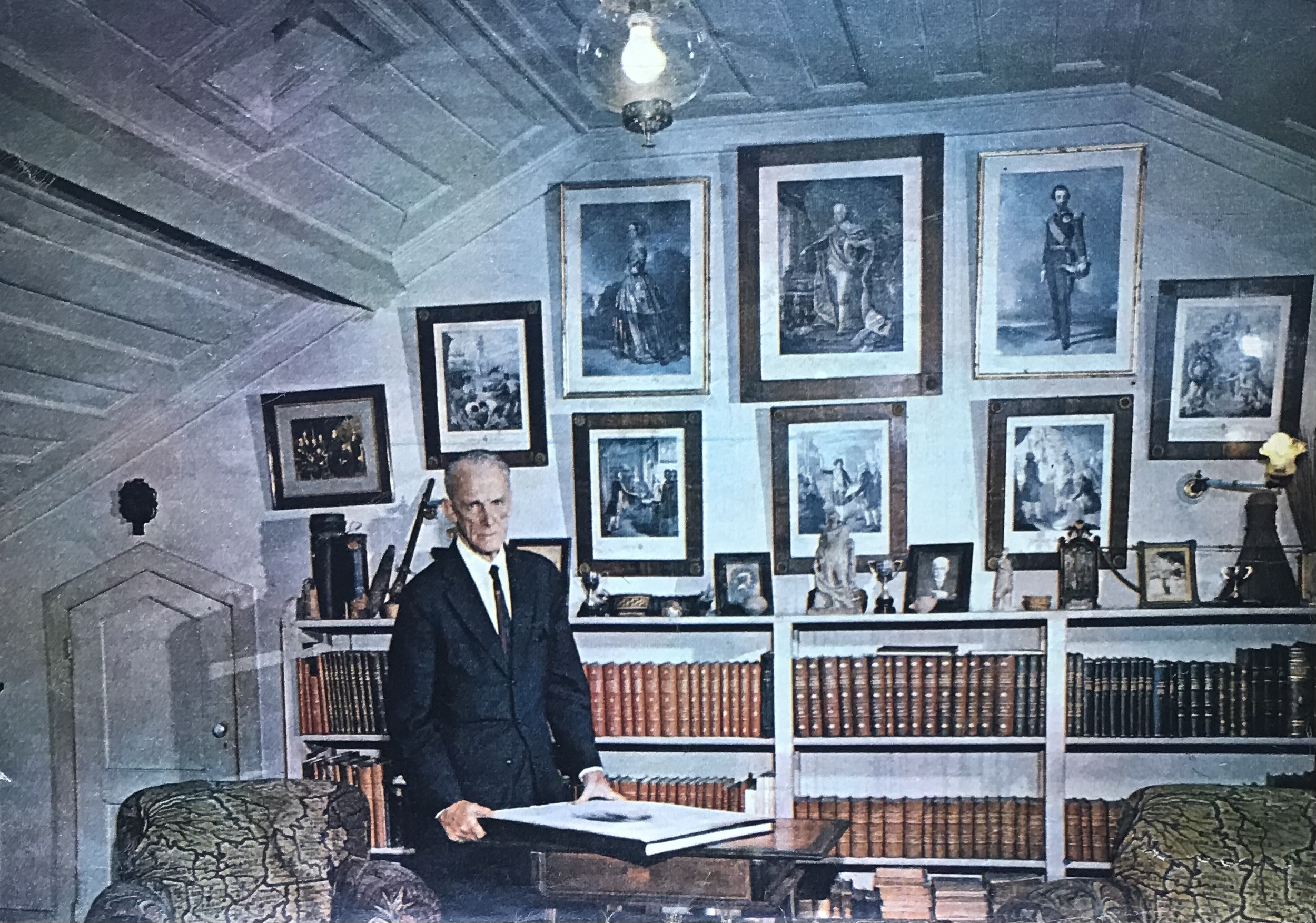
In 1966 I worked in the personal archive of the Brazilian historian, Marcos Carneiro de Mendonça (1894-1988). He had a wonderful collection of 18th century documents that he kept in the sótão (the attic) of his mid-19th mansion in Cosme Velho in Rio de Janeiro. He was a marvelous host. His home was a gathering place for many of his friends who were also members of the Rio de Janeiro intellectual elite. I was introduced to many of them there. We often discussed history, the Marquês de Pombal in particular, who was his favorite Portuguese statesman. But we also discussed football.
Marcos Carneiro de Mendonça had been a Brazilian football star goalie for Fluminense (Flu) where he played in 127 games. In the nine years he played for Fluminense he also won the South American Challenge Cup in 1919 and 1922. As a nineteen-year-old he had been a member of the first international team fielded by Brazil in Rio de Janeiro on July 21, 1914, two weeks before the outbreak of the First World War. Their opponents were the visiting Exeter City football team, then in the 3rd Division, on their way back from Argentina. The Brazilians won 2-0. Marcos Carneiro de Mendonça would appear on occasion in the sótão, dressed in his white Fluminense football kit.

He came by one day when I was researching in the archive at the Instituto Brasileiro de História e Geografia (IHGB) of which he was the vice president. The two ladies who managed the reading room and who had always previously treated me with some condescension were evidently duly impressed. Thereafter with my new status conferred by Marcos Carneiro de Mendonça I was served a cafezinho (a small black coffee) each morning and afternoon. He would not have been too pleased, however, with the performance of Brazil in this year’s Copa America where Brazil suffered a quarterfinal exit after a symbolic game against Uruguay where they lost 4-2 on penalties.
On Sunday the opponent of England was Spain and Spain also had a football hero, the 16 year old star of the last game between France and Spain who turned 17 years old the day before the Euro final, the right winger, the Catalan born Lamine Yamal Nasraoui Ebana, who eclipsed France’s Kylian Mbappe, with a spectacular wonder goal that beat France by 2 to 1. Lamine Yamal is a product of Barcelona’s La Masia football academy, whose most famous graduate is the Argentinian Leonel Messi. Lamine Yamal was spotted at the age of 5 by La Masia talent spotters and he entered the F C Barcelona football academy at the age of 7.
Brought up in the poor multi-ethnic Rocafonda neighborhood of Mataro, north of Barcelona, by his parents, Mounir and Sheila. He is of Moroccan and Equatorial Guinean ancestry. Spain’s head coach, Luis de la Fuente, calls Lamine Yamal exceptional. Which is an understatement. The “wonderkid” as the British tabloid “The Sun” calls him, is already regarded in Spain as a demigod, and FC Barcelona has a one-billion-euro release clause in his contract which goes on until 2026. He remains close to his parents who split up so that he was brought up in two households. The Right-Wing “Vox” party calls Rocafonde a “multicultural dughill”. But Lamine Yamal is very proud of his multicultural Moroccan, Guinean, and Spanish heritage. He flashes with his fingers the post code, 304, of Rocafonde at the end of each game.
Nico Williams (22) is the other star player in Spain’s team. Born in Pamplona to Ghanaian parents who had traveled across the Sahara Desert to Melilla, the Spanish enclave in North Africa, he joined the youth academy of Athletic Bilbao in 2013 from his hometown side CA Osasuna. He now plays for the La Liga club Athletic Bilbao. His contract runs out this year. Many clubs are interested in Nico Williams. Arsenal is said that Nico Williams would be a “dream” signing and they are understood to be contemplating triggering his £50m ($63.2m) release clause. Arsenal, “the gunners,” have the new British PM, Keir Starmer as one of their most ardent fans. Starmer has long had a season ticket to Arsenal games.
But La Liga president, Javier Tebas, has said that Barcelona FC is close to a deal where Nico Williams would join Lamine Yamal. Both Nico Williams and Mikel Oyarzabal (27), who scored the decisive goal in the Berlin final, come for the Basque Country. Oyarzabal was born in Eibar, Gipuzkoa, close to the French border, and he plays for Real Sociedade in San Sebastian. The Basques, like the Catalans, have always been wary of Madrid’s Castilian control (but that is another story.)
The England coach Gareth Southgate has suffered much criticism from the “pundits” over his tactics and team choices and from some of the English fans. Yet that he brought England as far as the Euro final is no mean achievement.
Matthew Syed in “The Times” wrote that “England’s football team represents the very best of our nation…These youngsters often come from the working-class and invariably demonstrate grit and resolve to make the grade.” This is certainly true. Ollie Watkins in England, and Lamine Yamal and Nico Williams in Spain, from Newton Abbot, Devon, and Rocafonda, Catalonia, and Pamplona in the Basque Country, certainly do that. Soccer is a truly global sport. And to succeed as a footballer needs real talent and perseverance regardless of social origin. At its best soccer is a sport that unites and galvanizes people of all backgrounds and races and ethnicities and nationalities.
Another star England player is Bukayo Saka, the 22-year-old Arsenal winger born in London of Nigerian parents, Yomi and Adenike, who came to England in the 1990s settling in Ealing. The family speak Yoruba at home and Saka could have played for soccer mad Nigeria but decided on England where he grew up. He joined Arsenal’s Hale End academy at seven. His spectacular goal was the stunning equalizer in the quarterfinal which guaranteed victory over Switzerland. He suffered much online racial abuse after he was called upon in the 2020 UEFA Euro final to take the fifth penalty. It was saved by the Italian goalkeeper. Gianluigi Donnarumma. Italy won. But Bukayo in Yoruba means “adds to happiness” which Saka has certainly delivered to his many fans since. And he had done again repeatedly in this year’s Euro championship in Germany.
It is also worth noting that Jude Bellingham, the 21-year-old English midfielder, whose spectacular overhead kick in the England-Slovakia match in the fifth of six added minutes sent the game into extra time when the England captain Harry Kane sealed a 2-1 win keeping England’s hopes alive. Jude Bellingham is from Stourbridge, near Birmingham, in the West Midlands, and began his career in the local Stourbridge Club and joined the Birmingham City academy at the age of 7. His father is a white former police officer, and his mother is a Black Jamaican nurse. He has dual nationality and has played for both England and Jamaica. Jude Bellingham is said to be worth $39m ($50m), due in part to his existing endorsement deals, with Lucozade and McDonalds, and has already entered the Beckham world with a glamorous girlfriend, the Dutch model and “influencer” Laura Celia Valk, known as Laura Celia on social media. But then why not? With his enviable skill on the football field, he has earned it.
Much better in fact than what former British Prime Minister’s Tony Blair and Boris Johnson were doing while Euro 2024 was reaching its climax in Germany. They were both cashing in on their political pasts, guests at the elaborate Ambani wedding celebrations in Mumbai, India, for the marriage of the youngest son of the richest man in Asia, Mukesh Ambani, founder of Reliance Industries, a giant conglomerate with the world’s largest oil refineries, TV and entertainment ventures and the largest mobile phone network in India. The wedding celebration for Anant Ambani (29) and Radhika Merchant (29) is costing half a billion dollars it is alleged, and in a country where over 200 million citizens live in dire poverty.
Boris Johnson arrived on the walkway with his latest son, Wilf, perched on his shoulder. Tony Blair arrived clad in a black sherwani jacket with a white pocket square. Among the A-list celebrities and top politicians and Bollywood stars present needless to say, was also the celebrity and ubiquitous ex-footballer, David Beckham, as well as Gianni Infantino, the President of the International Football Federation (FIFA), cavorting for the press in Mumbai. It was a party redolent of the last billion dollar party thrown by the Shah of Iran in 1971 ostensively to celebrate 2,500 anniversary of the foundation of the Persian empire by Cyrus the Great, and which led to the Iranian Islamic Revolution and the arrival of the Ayatollah Ruhollah Khomeini..
Jude Bellingham is a key member of the English squad at the Euro 2024 final in Berlin. But he is also a key member of Spanish La Liga Club Real Madrid squad, the rivals of Lamine Yamal’s Barcelona FC. That is a very old and ongoing competition. I have very happy memories of the Real Madrid stadium where Jude Bellingham now plays football. I spent many a Saturday afternoon with my Spanish student friends from the Pension Riesco on the Calle Correio off the Puerta del Sol, supporting the Real Madrid team when I was living in Spain and attending the University of Madrid in 1963. In the gloomy world of Vladimir Putin, Xi Jinping, and Kim Jong Un, and with ongoing bloody conflict in the Ukraine and in Gaza, EURO 2024 is a blessed relief.
Ironically the Euro 2024 final was held in Berlin’s Olympiastadion originally designed by Werner March for the notorious 1936 Summer Olympics and for the Fuhrer and Reich Chancellor Adolf Hitler and intended by him as he said at the time for a “moment of pride.”
The dark Nazi history of the complex is best remembered as an indication both of how far we have all come, but also of how perilous at times sport and its political manipulation by authoritarian rulers can be. Hitler’s “pride” was not of course the “gay pride” of today. Hitler exterminated homosexuals in his death camps. Nor is it with Hitler’s murderous obsession with Aryan racial purity and superiority.
Today the final game in Berlin of Euro 2024 the skills on the field of play of the multiethnic and multiracial members of the football teams of Spain and England many from very humble origins were gloriously represented and playing football in Hitler’s beloved Olympiastadion in Berlin no less. And for that we can also be grateful.
But July 14th 2024 is Spain’s Day. And Spain thoroughly deserves both victories at Wimbledon and at Euro 2024 in Berlin.
Featured Photo: Brazil’s first international versus Exeter City in 1914..



